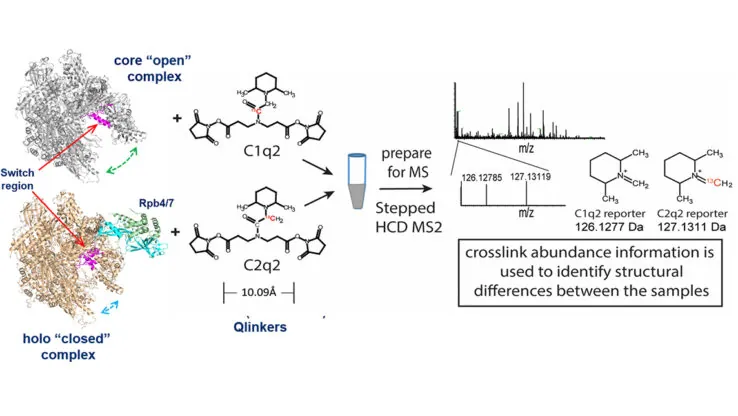Researchers Find Key Protein Tied to Production of ‘Good’ Cholesterol
Researchers at the Institute for Systems Biology, in collaboration with Seattle Biomedical Research Institute and Oregon State University, have identified a key regulator of the macrophage response to inflammation that prevents the efflux of cholesterol to HDL.

3 Bullets:
- Inflammation causes cholesterol buildup and leads to cardiovascular disease, the leading cause of death in the world
- ISB, Seattle Biomed, and Oregon State University researchers collaborate to identify a compendium of proteins that control expression of a key regulator of cholesterol efflux
- Targeting cholesterol efflux to HDL is a potentially important therapeutic strategy for preventing and treating cardiovascular disease
By Dr. Mark Gillespie
Cells of the immune system, termed macrophages, are crucial regulators of cholesterol levels in the body. Macrophages eat “bad” LDL-cholesterol and efflux, or export, it to HDL for removal from the body. However, high levels of LDL-cholesterol offset this process, resulting in chronic inflammation and cardiovascular disease due to atherosclerosis. Researchers at the Institute for Systems Biology, in collaboration with Seattle Biomedical Research Institute and Oregon State University, have identified a key regulator of the macrophage response to inflammation that prevents the efflux of cholesterol to HDL. This research, published online in The EMBO Journal on March 9, 2015, represents an exciting new advance into how cholesterol levels are controlled by inflammation, and provides insight into potential therapeutic targets for the treatment of atherosclerosis.
Journal: The EMBO Journal
Title: An LXR-NCOA5 gene regulatory complex directs inflammatory crosstalk-dependent repression of macrophage cholesterol efflux
Authors: Mark A. Gillespie, Elizabeth S. Gold, Stephen A. Ramsey, Irina Podolsky, Alan Aderem & Jeffrey A. Ranish
Link: Paper
ISB researchers Mark Gillespie and Jeff Ranish applied a powerful mass spectrometry approach developed in the lab to identify and quantify proteins which bind to regulatory regions in DNA to control whether a gene is turned on or off. They used this technology to study how the Abca1 gene, which normally makes a protein that effluxes cholesterol to HDL, is shut down in macrophages in response to inflammation. When they engineered macrophages to silence production of one of the newly identified proteins, named NCOA5, they discovered the Abca1 gene and efflux of cholesterol was no longer inhibited by inflammation.
Cardiovascular disease, including atherosclerosis, is the leading cause of death in the world and represents an increasing global health burden. Recent therapeutic efforts to raise HDL levels have been ineffective in reducing cardiovascular disease, suggesting that researchers need to also target the process of cholesterol efflux from macrophages to HDL. By understanding how genes involved in cholesterol efflux are controlled on a systems level, researchers can manipulate their expression and identify targets for the prevention, treatment, and reduction of the global burden of cardiovascular disease.


